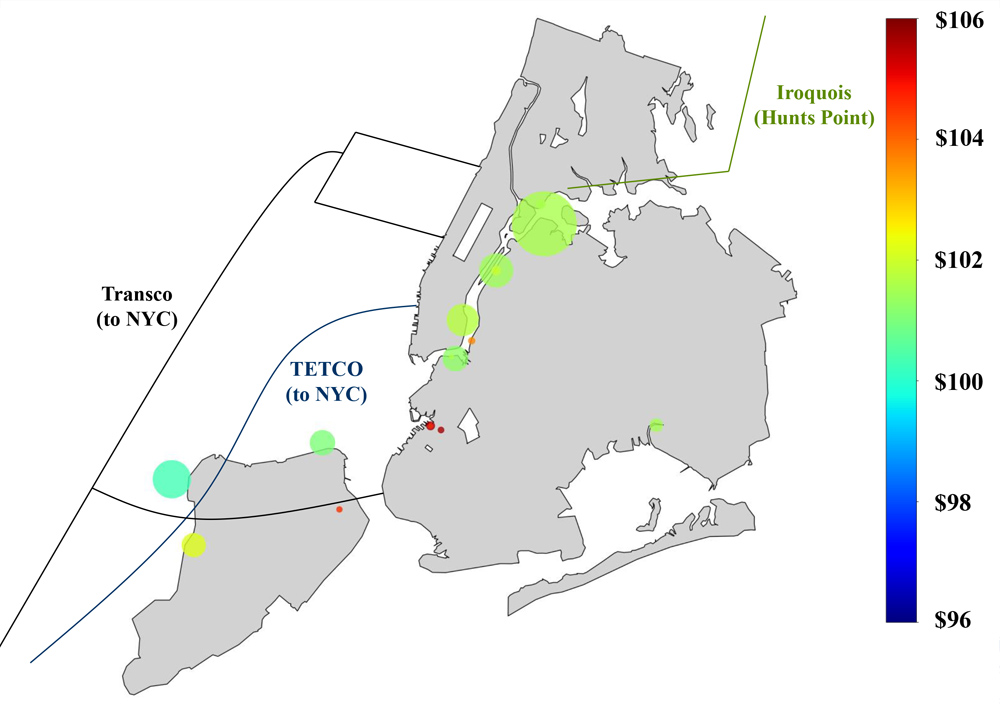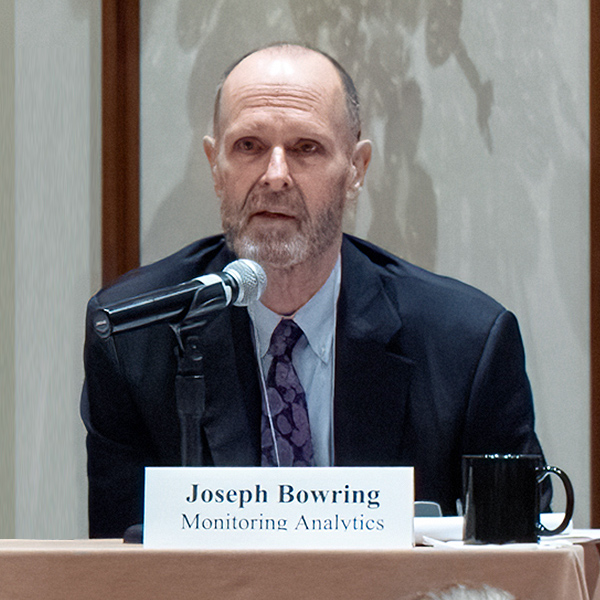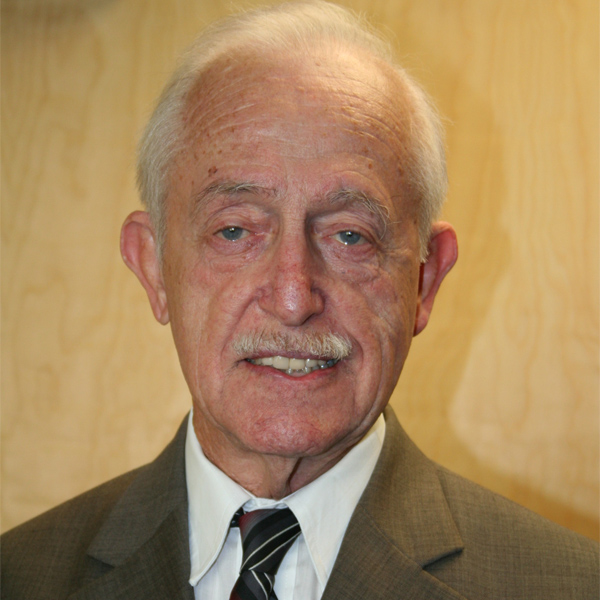FERC rescinded RTO participation incentives for two American Electric Power (NASDAQ:AEP) affiliates last week on the grounds that Ohio law compels transmission owners to participate in an RTO (EL22-34).
The Ohio Consumers’ Counsel (OCC) argued in a Feb. 24, 2022, protest that AEP’s Ohio Power Co. and AEP Ohio Transmission Co., both PJM members, should not be permitted to continue charging a 50 basis point adder to their authorized return on equity (ROE). The commission agreed with the OCC that past commission orders have established a “voluntariness” requirement — that the adders are an incentive to join and remain members of transmission organizations and not applicable where state law requires participation.
However, the commission rejected the OCC’s challenge of RTO adders for FirstEnergy’s (NYSE:FE) American Transmission Systems, Inc. (ATSI) and Duke Energy Ohio (NYSE:DUK).
In its Dec. 15 order, the commission found that since both ATSI and Duke Energy Ohio reached their rates through integrated settlement packages — rather than having adders directly authorized by the commission — it would require evidence that the companies’ overall ROE is unjust and unreasonable for it to consider ordering changes.
“We do not know the precise trade-offs and concessions made by parties to those proceedings during the settlement process and the terms to which and conditions to which those parties would have agreed with respect to Ohio transmission assets had the commission policy on RTO adders been different. As such, we do not find it would be appropriate to change unilaterally a single aspect of such a comprehensive settlement,” the commission said.
Since Ohio law states that “no entity shall own or control transmission facilities … unless that entity is a member of, and transfers control of those facilities to, one or more qualifying transmission entities,” the OCC argued that the adders do not comport with subsequent court decisions and commission orders establishing that the purpose of the adder is to incentivize a voluntary action.
“In other words, the transmission owners are making consumers pay them higher profits to comply with Ohio law,” the OCC protest states.
The two AEP utilities unsuccessfully argued that since its affiliates set a single transmission rate uniformly across several states, the removal of the adder in one state would effectively “privilege one state’s mandate over another states’ decision to leave RTO membership up to the utility.” The company also claimed that an Ohio-only remedy would be impractical as it would require AEP to disaggregate its transmission operations for each state, eliminating efficiencies that benefit customers.
The precedent for the voluntariness requirement was established with the commission’s Order 679, which established the adders to comport with Federal Power Act Section 219, which requires that incentives be given to utilities that join transmission organizations.
In 2018, the 9th Circuit Court of Appeals ruled that PG&E is entitled to an adder as its participation in CAISO is voluntary, finding that “the voluntariness of a utility’s membership in a transmission organization is logically relevant to whether it is eligible for an adder.” (See PG&E Deserves $30M ISO Adder, FERC Says.)
The protest also points to FERC’s 2021 order that Dayton Power and Light Co. (NYSE:AES) is ineligible for an adder under Ohio law (ER20-1068).
The OCC estimated the cost of the adder at more than $26 million across the four utilities, which it told FERC is likely conservative as it only takes into account over-earnings on projects in PJM’s Regional Transmission Expansion Plan. The commission granted the protest’s request that refunds be issued to customers of Ohio Power and AEP Ohio for the amount they were charged going back to the Feb. 24 filing date.
Danly Dissents
Commissioner James Danly dissented with the commission’s finding that the AEP utilities no longer receive the RTO adder.
He argued that the FPA does not limit the incentives to those who join and remain members of an RTO voluntarily and that the 9th Circuit Court of Appeals only interpreted FERC’s Order 679, not the underlying federal law. The ruling does not address whether the commission exceeded the FPA by limiting the incentive to voluntary participants, Danly added.
“The Federal Power Act does not limit incentives to only those utilities that ‘voluntarily’ join a transmission organization. The commission improperly added this non-statutory requirement in Order No. 679. We had no authority to do so then or now,” Danly wrote.
Christie Concurs
Commissioner Mark Christie issued a concurrence in which he noted that a majority of commissioners voted in April 2021 to limit the RTO adder to three years after a utility joins a transmission organization.
“Over a year and a half later, we have yet to take a final vote to implement that limit. As long as we do not, consumers will continue to pay these adders at a time when consumers are already facing rapidly rising monthly power bills,” he said.



